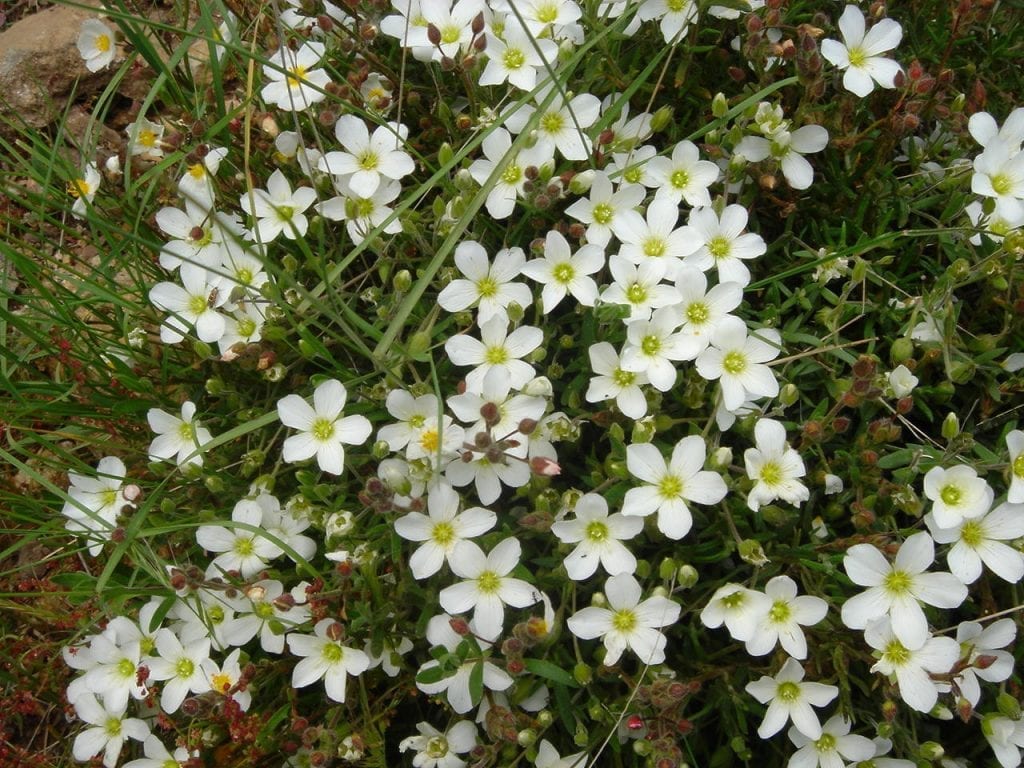
La montane sandstone It is a beautiful herbaceous plant that we can grow both in pots and in the garden. Its pure white flowers are very striking, so much so that they will make any place look in a very special way.
In addition, its maintenance is not difficult, so much so that it can even withstand some frosts. Did we discover it? : )
Origin and characteristics
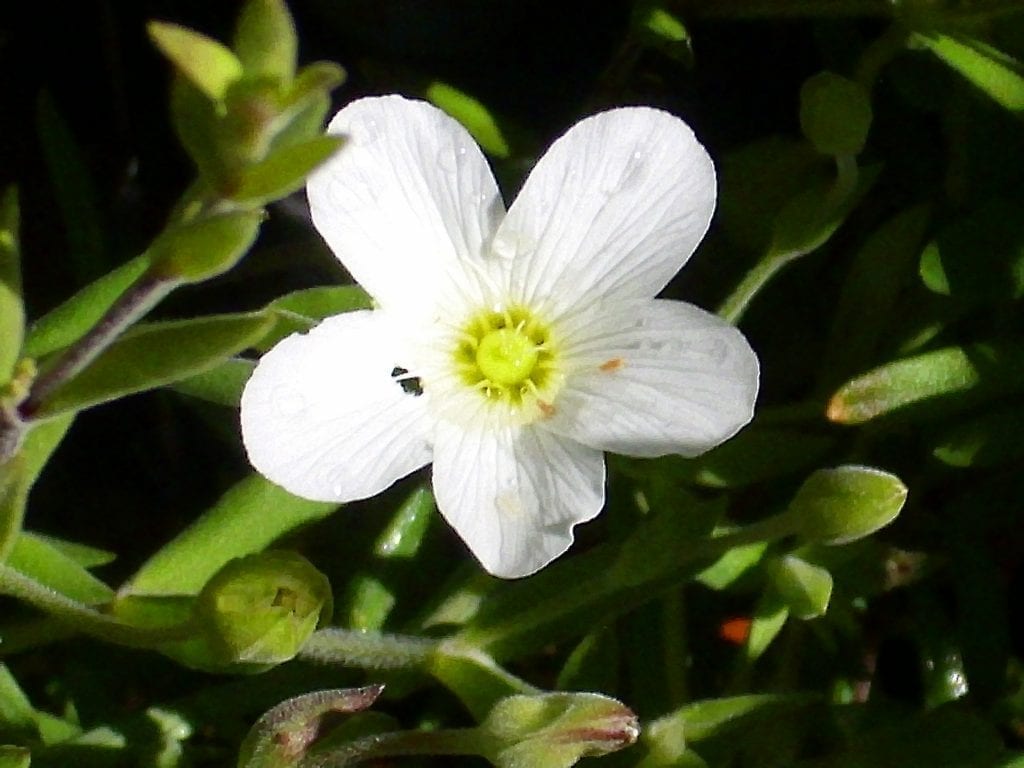
Our protagonist is a herbaceous plant native to the mountainous regions of southwestern Europe, specifically from the French Pyrenees to Portugal. In Spain we can find it in Alicante, Castellón and Valencia, where it grows on rocky and stony terrain or in coastal bushes. It also appears in the Sierra de Gredos. Its scientific name is montane sandstone, although it is known as arenaria, prickly grass, or spiny false chickweed.
It is a highly branched herb, with thin stems that have a certain tendency to climb on the bushes that grow near it that reaches a height of about 20cm. Its leaves are 1-3cm long, and have a central vein that is barely visible, and the foliar margin folded backwards. The flowers are pedunculated, with a white corolla measuring about 2cm in diameter.
What are their cares?
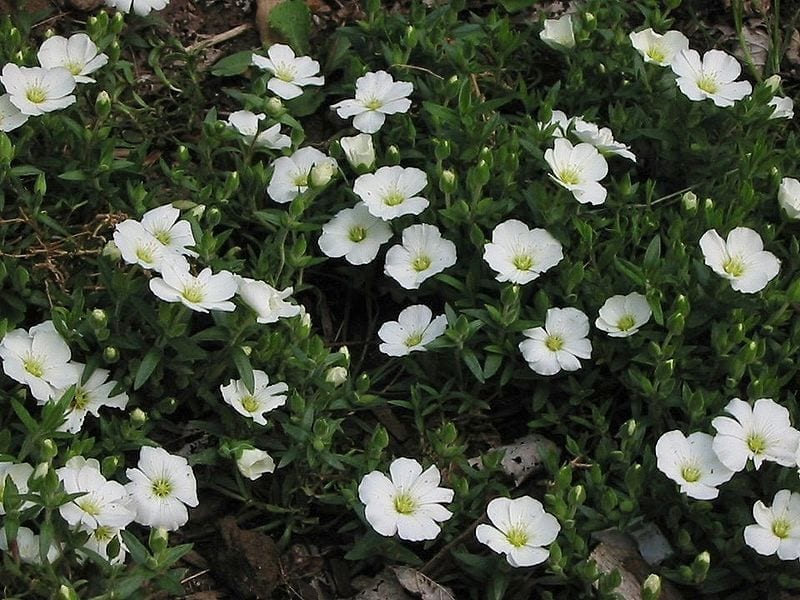
If you want to have a copy, we recommend that you provide it with the following care:
Location
La montane sandstone It is a plant that in order to be well needs to be placed outsideEither in full sun or with partial shade. Of course, if you opt for this last option, it is important to make sure that you give it at least 4 hours of direct light a day, since otherwise it will not bloom as much as it would touch.
Earth
It can be grown both in a pot and in the garden:
- Flower pot: no need to complicate. With the universal growing medium that they sell in any nursery, garden store or here itself will grow well.
- Garden: it is indifferent as long as it is fertile and has good drainage. In the event that the soil in your garden is not like that, make a planting hole of about 50cm x 50cm and mix the one you get with 30% perlite (you can get it here) and 10% worm castings (for sale here).
Irrigation
Taking into account that excess watering is one of the main causes of death of cultivated plants, it is best to check the humidity of the substrate or soil before watering. In this way, you will avoid losing your montane sandstone early. Therefore, you must do any of these things:
- Insert a long, thin wooden stick: if when you remove it, it comes out with adhering soil, do not water as it will still be wet.
- Dig about 10cm around the plant: the surface of the soil always dries before the inner layers, so that more or less at that depth you will be able to know if you really have to water or not. If it's darker than on the surface, don't water.
- Weigh the pot once watered and again after a few days: the humid earth weighs more than the dry one, so this difference in weight helps to know when it is time to give water to the plant. It is not necessary to put it on a scale: if when you pick it up with your hands you notice that it weighs very little or almost nothing compared to what it weighs only when watered, you will know that you must water.
- Using a digital moisture meter: it will instantly tell you how damp the portion of soil that has come into contact with it has. You can get it here.
But more or less, you should know that it is advisable to water 3 or 4 times a week during the hottest season, and every 3 or 4 days the rest of the year. Use rainwater or lime-free water if possible.
Subscriber
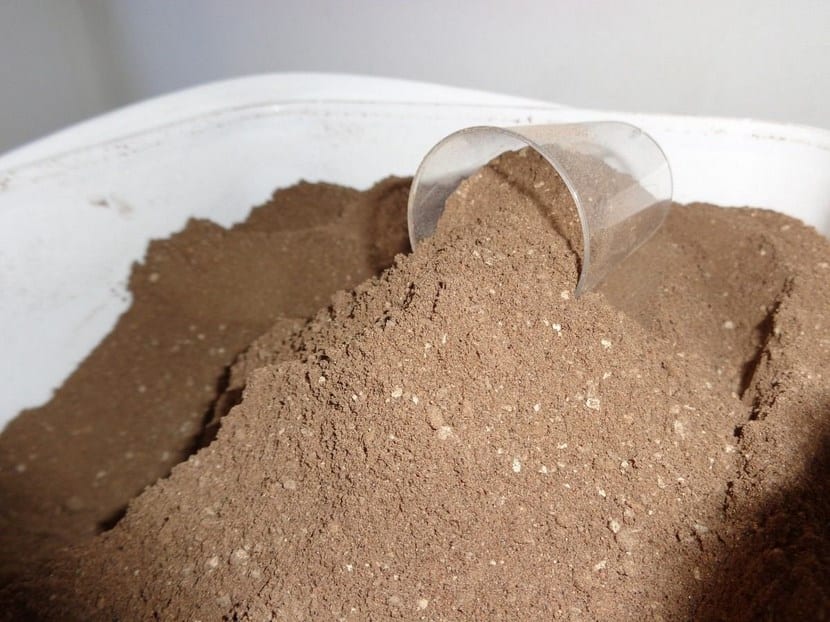
Guano powder.
As important as the irrigation is the subscriber. In spring and until the end of summer the plant grows, so it will need a monthly supply of ecological fertilizers. Because it is natural and quickly effective, the guano, which you can get in powder here and liquid (for pots) here. In the event that you choose to use it, follow the directions specified on the package as it is highly concentrated and there may be a risk of overdose.
Multiplication
La montane sandstone multiplies by seeds in spring following this step by step:
- The first thing to do is fill a pot of about 10,5cm in diameter with universal growing substrate.
- Then, it is watered conscientiously and 2 or 3 seeds are placed on the surface.
- They are then covered with a thin layer of substrate and watered again, this time with a sprayer.
- Finally, the pot is placed outside, in full sun
Thus they will germinate in 1-2 months.
Plagues and diseases
It's very tough, but if the growing conditions are not adequate it can be affected by mealybugs and by mushrooms that are treated with specific products.
Rusticity
Resists cold and frost up to -4ºC.
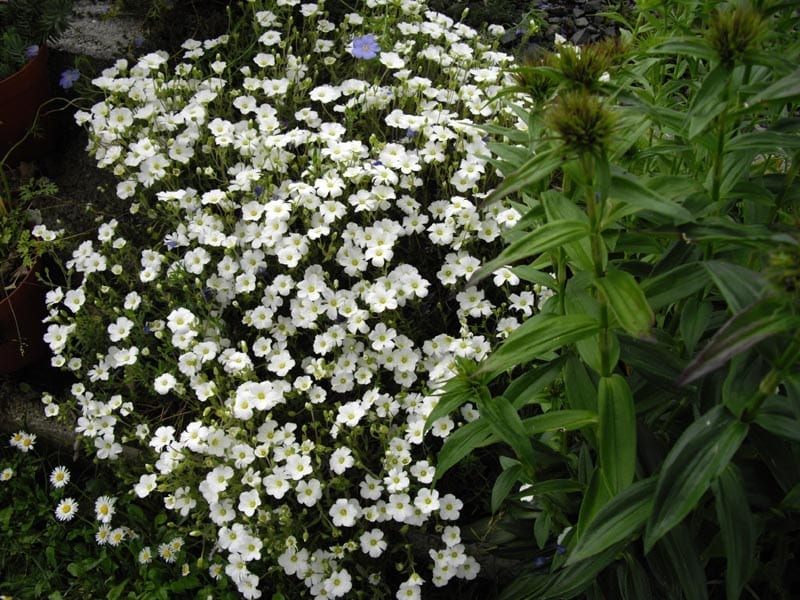
What do you think?